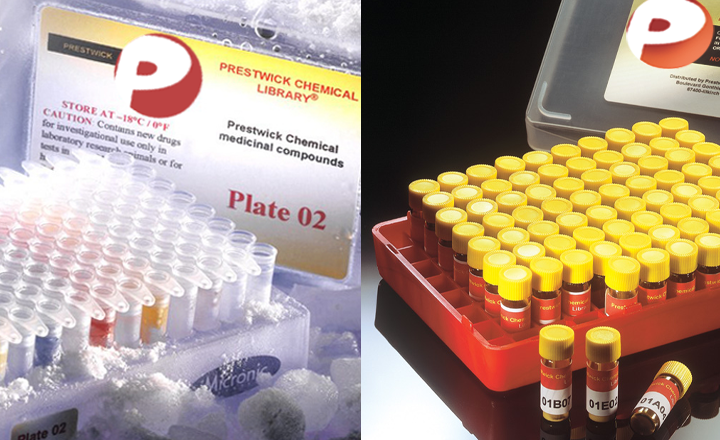A high-throughput screening strategy identifies cardiotonic steroids as alternative splicing modulators
Stoilov P, Lin C, Damoiseaux R, Nikolic J, Black DL
Proceedings of the National Academy of Sciences - vol. 105 11218-11223 (2008)
Proceedings of the National Academy of Sciences
10.1073/pnas.0801661105 Alternative splicing has emerged as a promising therapeutic target in a number of human disorders. However, the discovery of compounds that target the splicing reaction has been hindered by the lack of suitable high-throughput screening assays. Conversely, the effects of known drugs on the splicing reaction are mostly unclear and not routinely assessed. We have developed a two-color fluorescent reporter for cellular assays of exon inclusion that can accommodate nearly any cassette exon and minimizes interfering effects from changes in transcription and translation. We used microtubule-associated protein tau (MAPT) exon 10, whose missplicing causes frontotemporal dementia, to test the reporter in screening libraries of known bioactive compounds. These screens yielded several compounds that alter the splicing of the exon, both in the reporter and in the endogenous MAPT mRNA. One compound, digoxin, has long been used in the treatment of heart failure, but was not known to modulate splicing. The positive compounds target different signal transduction pathways, and microarray analysis shows that each compound affects the splicing of a different set of exons in addition to MAPT exon 10. Our results identify currently prescribed cardiotonic steroids as modulators of alternative splicing and demonstrate the feasibility of screening for drugs that alter exon inclusion.


